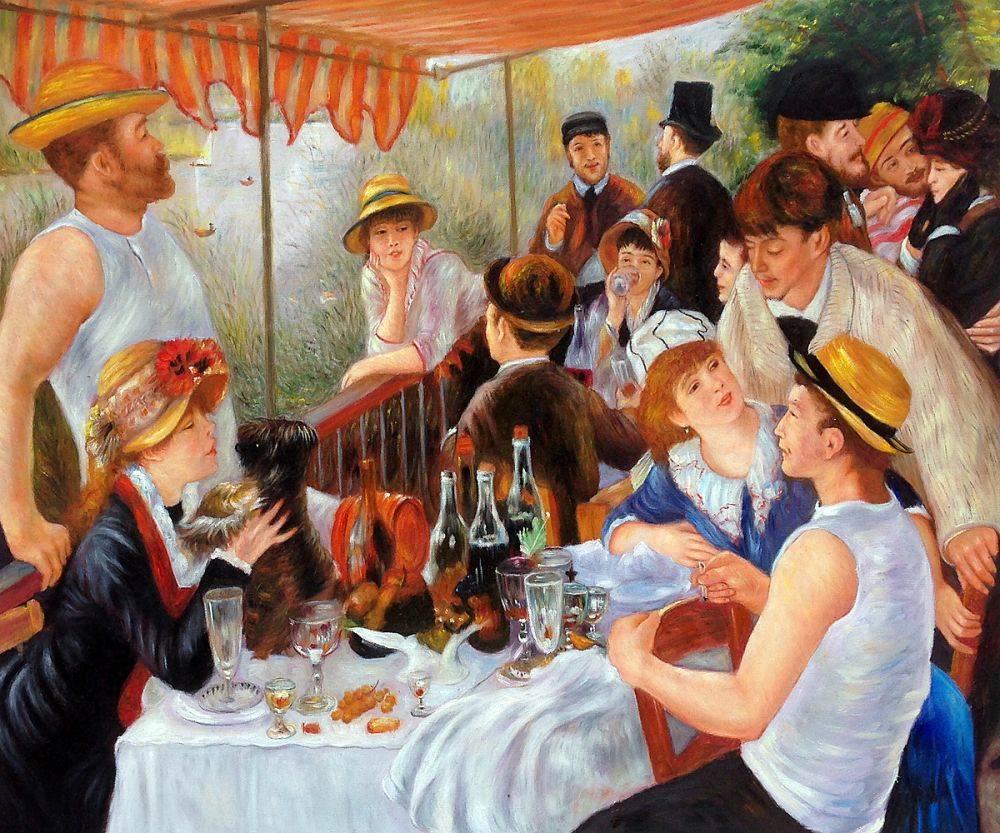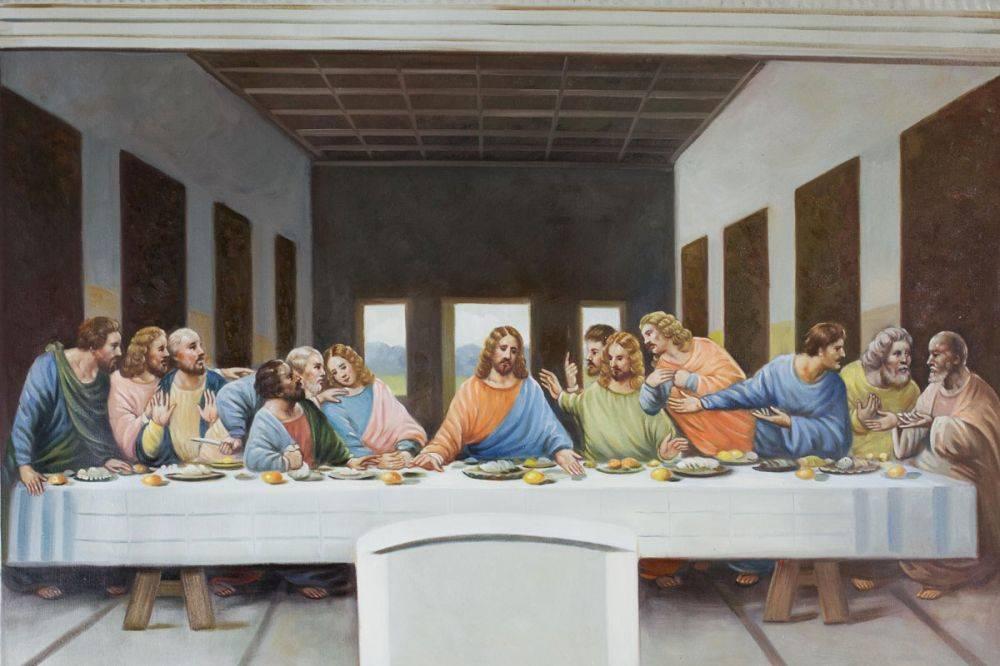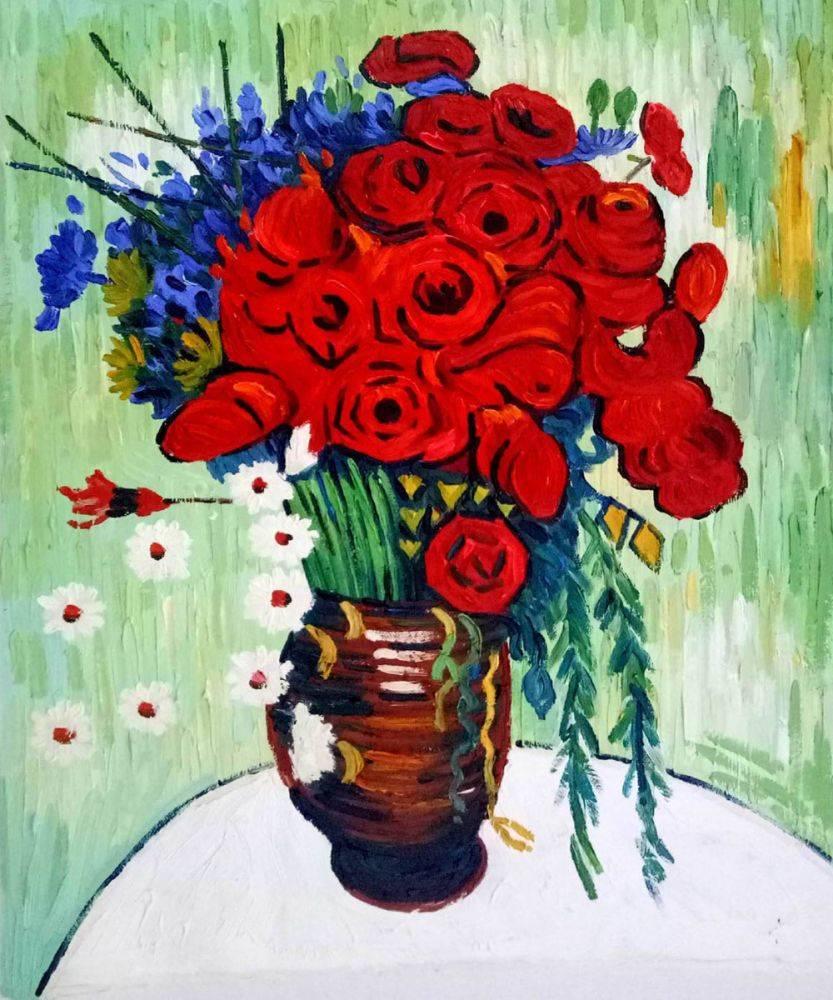Art
Art Reflections
The woman as a muse – mistress or companion
The woman has been a muse ever since humans began to paint. However, the woman’s body has not been seen in the same perspective in all ages of mankind. Each part of history sees women from the perspective of that era. In the past, the plump woman was the perfect prototype for she symbolized health and a guarantee that she will have many followers. Art saw her that way when it was at its peak, during the Renaissance. Nevertheless, she was regarded as a mythological muse, untouched and pure. Mother, wife, or mistress, she was the prototype of an intangible being, perfect.
 Woman’s beauty was a superior beauty, which could be admired through the paintings that had access only to the select, the high stratum of society. Art was considered the access to a higher level of knowledge. Artists created paintings with mythological subjects, and the woman is the main character. The most famous pure women are Botticelli’s “angels.” In the painting called Spring, women characters appear in the picture, that simply dressed and through their allure give the impression that they are not from the same world as the viewer. At the heart of the painting is Venus in front of a sacred plant, alluding to Eden’s goddess of love. Venus is also present in the famous painting, Birth of Venus, which is at the Uffizi Gallery, in Florence. The masterpiece places Botticceli as the creator of sublime beauty. Through the foamy waves, carried by a shell, sits the Goddess, a beautiful woman, the embodiment of purity, naked, with long blond hair, a timeless woman. Such beauty sparked assumptions that the artist has made the Goddess as the embodiment of love poetry.
Woman’s beauty was a superior beauty, which could be admired through the paintings that had access only to the select, the high stratum of society. Art was considered the access to a higher level of knowledge. Artists created paintings with mythological subjects, and the woman is the main character. The most famous pure women are Botticelli’s “angels.” In the painting called Spring, women characters appear in the picture, that simply dressed and through their allure give the impression that they are not from the same world as the viewer. At the heart of the painting is Venus in front of a sacred plant, alluding to Eden’s goddess of love. Venus is also present in the famous painting, Birth of Venus, which is at the Uffizi Gallery, in Florence. The masterpiece places Botticceli as the creator of sublime beauty. Through the foamy waves, carried by a shell, sits the Goddess, a beautiful woman, the embodiment of purity, naked, with long blond hair, a timeless woman. Such beauty sparked assumptions that the artist has made the Goddess as the embodiment of love poetry.
 Renaissance models were mostly important women in society, whose life is shared with the state or powerful men with an impressionable fortune. These women defined the fashion and beauty of those years. Such model, we meet at Leonardo da Vinci’s Young woman with ermine, the portrait of Cecilia Gallerani, the 17-year-old mistress of the Duke of Milan. Another favorite of the office is dedicated to The beautiful blacksmith, alleged to be Lucrezia Crivelli, next to currying favor with Duke after Gallerani. However, the famous La Gioconda, which is still shrouded in mystery is the most famous woman smile created by Leonardo. One hypothesis explaining the painting Mona Lisa is said to represent chastity. La Gioconda amazed by her mysterious smile, which gives the feeling that she is the one that admires or observes the viewer. Furthermore, Freud advances the hypothesis that Mona Lisa is the ideal portrait of the artist’s mother.
Renaissance models were mostly important women in society, whose life is shared with the state or powerful men with an impressionable fortune. These women defined the fashion and beauty of those years. Such model, we meet at Leonardo da Vinci’s Young woman with ermine, the portrait of Cecilia Gallerani, the 17-year-old mistress of the Duke of Milan. Another favorite of the office is dedicated to The beautiful blacksmith, alleged to be Lucrezia Crivelli, next to currying favor with Duke after Gallerani. However, the famous La Gioconda, which is still shrouded in mystery is the most famous woman smile created by Leonardo. One hypothesis explaining the painting Mona Lisa is said to represent chastity. La Gioconda amazed by her mysterious smile, which gives the feeling that she is the one that admires or observes the viewer. Furthermore, Freud advances the hypothesis that Mona Lisa is the ideal portrait of the artist’s mother.
At the same time, Tiziano shows a sensual side of women in the painting Venus of Urbino. The painting shows a typical fashion for that period, the preference for composition from a closed fund gradually comes to light.
Like Leonardo, Rubens made portraits of famous women, at the time. These include Portrait of Marie de Medici and Portrait of Anne of Austria, which embodies the strong woman, with certain social position. However, there is not a painter, who hasn’t included among his works portraits of women who stood near them. In the last years of his life, Rubens dedicated many of his paintings to his beautiful wife, Helene Fourment. The paintings are testimony to the love the artist feels for this girl. Proofs are over 19 paintings made in a modernist approach. In some of these works, Rubens leaves Helen to be admired by the viewer in all her glory. He surprises her by wearing only a fur coat, which lets found almost all her robust body.
As sensual is Goya’s Maja presented in the painting, Naked Maja. The woman begins to be seen as more earthly and her nakedness is no longer regarded as pure, but rather sensual. She becomes available to the desired impulses. The painting challenges the traditions, customs, and morals of the 1800s. Maja appears naked not only of her clothes but of the time’s customs and offers herself to the viewer admiration. By making this painting the artist approaches creative freedom and the right to express himself without censorship. The freedom will be appreciated more because the artist made the painting with the price of his life. The Inquisition intended Goya a process for immorality.
For Naked Maja is considered as the first paintings in art history that has not mythological suggestions, the only nudes accepted by society in those times. He thus opened the way for modern artists. Pablo Picasso breaks tradition and tries to give the viewer the feeling that admires a woman by suggestion, in Portrait of Dora Maar.
However, the artist who devoted the most to one single woman is Salvador Dali. His paintings are indisputable evidence of the enormous love for a woman and what she symbolizes in the artist’s life. The many portraits of Gala, including Gala seen naked from behind, show the strong connection between the two. Dali calls her his “genius, his twin.” The artist proves that there is a deep connection between women and men saying: “By signing my paintings with the logo Gala-Dali, I gave a name to the existential truth: without my twin, Gala, I do not exist.” Dali transforms the admired woman into an adored woman, forever loved, that no longer stands like a statue in front of the viewer, but comes down from the heart of the artist, that reveals her to the world by waving passionately the brush on canvas.
His paintings support the hypothesis that a genius artist always has a muse near, that will inspire him forever, whether pure, sensual, or just earthly.




